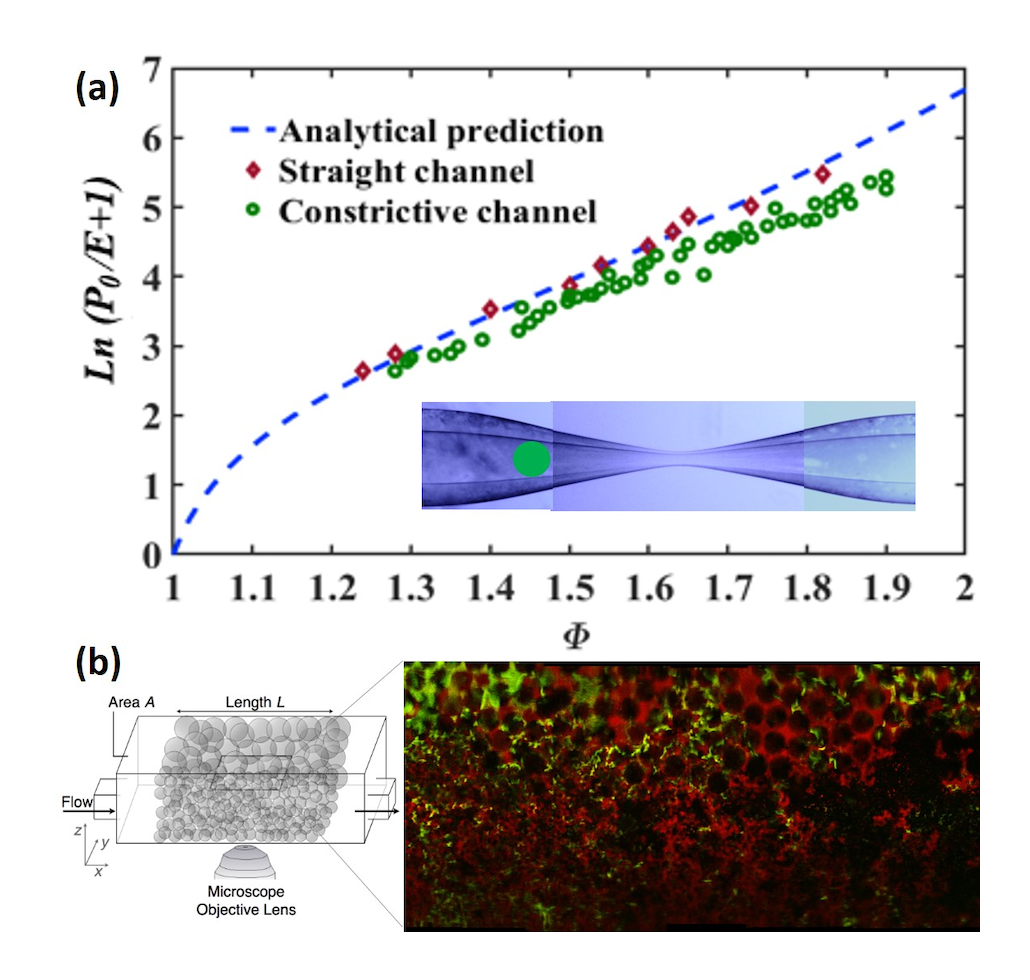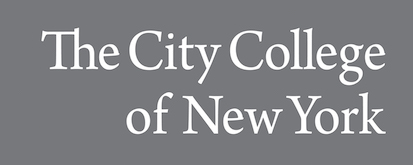Understanding transport of soft units through porous media by correlating pore-scale dynamics and macroscale properties

Gel-blockage induced pressure at the pore scale (a) and gel flooding in 3D micromodel (b).
The transport of soft units, such as droplets and gel particles, through porous media occurs throughout the oil industry. Understanding the mechanisms of soft-unit transport and the impact on two-phase flow structure in porous media would significantly benefit the petroleum industry and overcome knowledge gaps in the petroleum research field.
In practical operations, we are limited to controlling or measuring only microscopic properties (e.g., unit size, gel stiffness, drop viscosity, pore throat size, and pore water velocity), while the quantification of macroscopic properties (e.g., the change of permeability) that influence oil recovery efficacy is challenging. Therefore, it is necessary to determine the quantitative correlation between variables at these two factors of scale. We establish this correlation by conducting multi-scale experiments and analysis.
To understand the gel-blockage induced pressure buildup at the pore scale, we fabricate microgels with controlled diameter and elastic modulus by microfluidics, and then force them to individually pass through a constricted or straight confining channel and monitor the pressure variation across the channel.
To interpret the pressure measurement, we develop an analytical model based on Neo-Hookean material law to quantify the dependence of the maximum built-up pressure on the radius ratio of the elastic sphere to the channel, the elastic modulus of the sphere, and two constant parameters in the friction constitutive law between the sphere and channel wall.
This model not only agrees very well with the experimental measurement conducted at moderate microgel deformation, but also recovers the classical theory of contact at small deformation. We further extend the results to macroscale and predict the permeability variation of a porous medium in which an aqueous suspension of microgels flows. Finally, we validate our findings in 2D and 3D micromodels, which allow us to simultaneously characterize the pore-scale dynamics of the flow of microgels, as well as macroscale permeability.
Collaborator: Honghui Yu at CCNY


